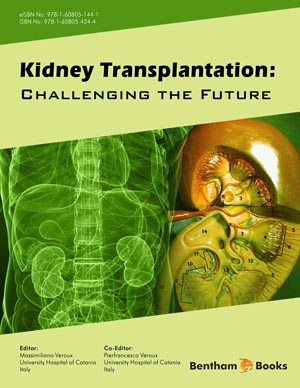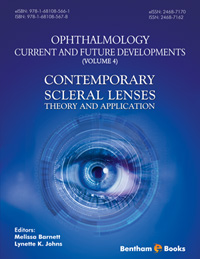Abstract
Diabetic kidney disease (DKD) is a growing health burden globally. Obesity levels continue to increase in developed and developing nations. Obesity represents a chronic inflammatory state that alters glucose metabolism and insulin function, leading to Diabetes Mellitus. Diabetes mellitus initiates a cascade of metabolic and hemodynamic changes in the nephron. Interaction of metabolic and hemodynamic pathways lead to inflammation and fibrosis of the glomerus, a hallmark of DKD. Early control of hyperglycemia and the use of angiotensin converting enzymes inhibitors (ACEi) or angiotensin receptor blockers (ARB) are the cornerstone of management, aiming to slow down the progression of DKD. Better understanding of the pathogenesis involved in development of DKD, has resulted in an exploration for novel therapeutic modalities. These new modalities promise to not only slow down progression of DKD, but also potentially reverse DKD.
Keywords: Adhesion molecules, Advanced glycation end products, Chemokines, Diabetes, Diabetic kidney disease, Endothelial injury, Extracellular matrix, Fibrosis, Glomerulus, Glomerulosclerosis, Hemodynamic pathways, Hyperglycemia, Inflammatory pathways, Inflammation, Metabolic pathways, Mesangium, Mediators of diabetic nephropathy, Pathogenesis, Podocyte damage, Renoprotection.












.jpg)